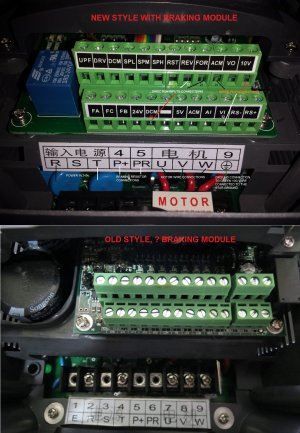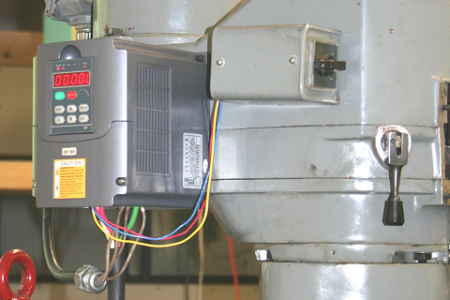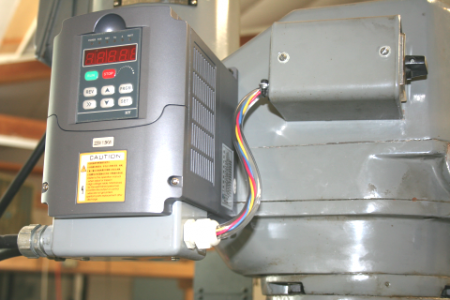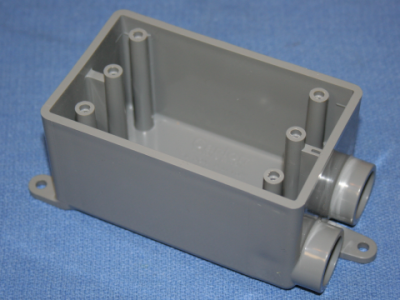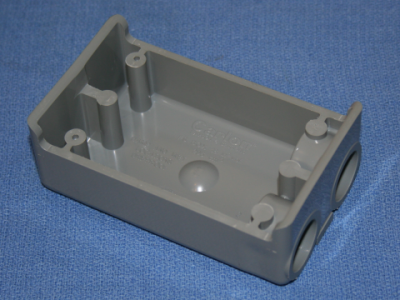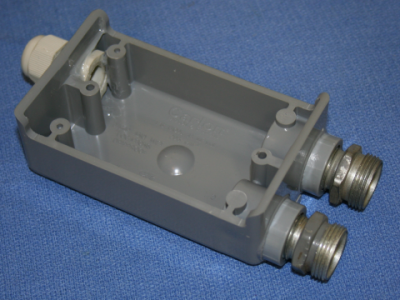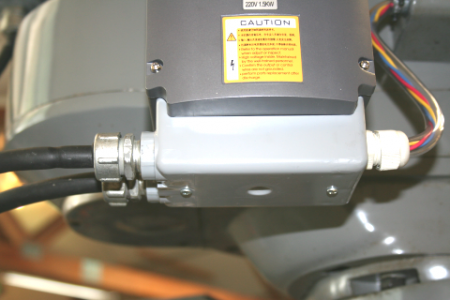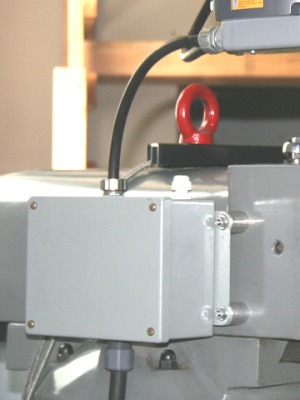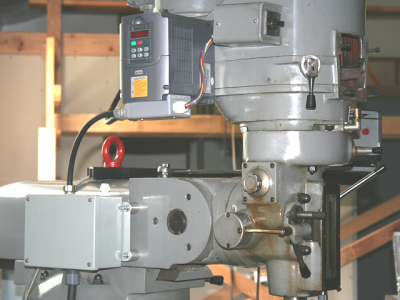After getting the VFD working essentially the way I want, I noticed that at certain RPMs there is vibration that I don't like.
So I got an idea....

If only I could find a way to know the relation of out-of-balance to the rotational position - you know, like a timing light, I could then drill holes in the heavy side and bring the spindle closer to balance. What I came up with is, if I could use the motion of the vibration to close a switch (or something similar), that would light an LED and shine it on the brake drum below the micro-v pulley I made. I can put marks on the casting to help locate the position of the out-of-balance. To get more motion from the vibration, I extended the quill and clamped a section of aluminum channel to it to extend the "lever arm" as far as possible, like this:
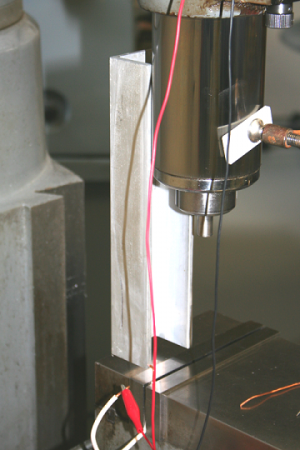
I put a piece of solid wire in the vice as a contact point:
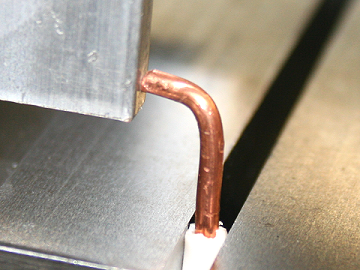
I used clip leads to connect a 9 volt battery to the contact wire and a superbright LED (a current limiting resistor is already installed under the heat shrink):
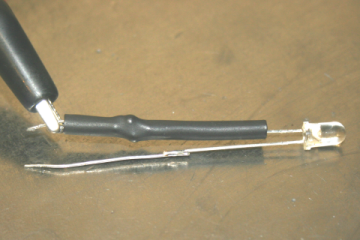
I then cut pieces of masking tape to make indexing marks around the perimeter of the brake drum. Then I turned on the spindle and adjusted the RPM to find a resonate frequency of the milling head so it would shake as much as possible, and played with the contact gap while shining the LED on the marks:
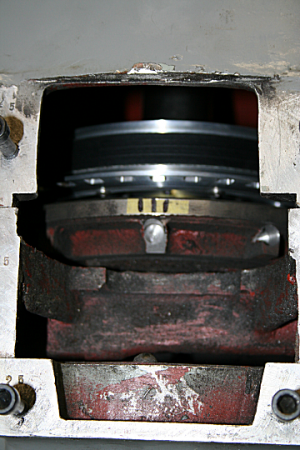
I then drilled holes in the thick part of the casting to lighten the heavy side of the drum. I experimented with turning the spindle forward and reverse, and then split the difference between the readings (apparently there is some kind of phase shift with the setup). The amount of wobble at the contact point is only a few tenths on a thousandth of an inch. I fount that I could push at the top of the head to delicately influence the gap and adjust the duty cycle of the LED. There is a balance of the brightness of the LED vs. the accuracy of the indication, depending upon how much of a rotation the LED is lit.
After a couple of hours of messing around, I balanced the spindle the best I could within the limitations of the setup. And it made a BIG difference. The spindle is SOOOO much smoother!

